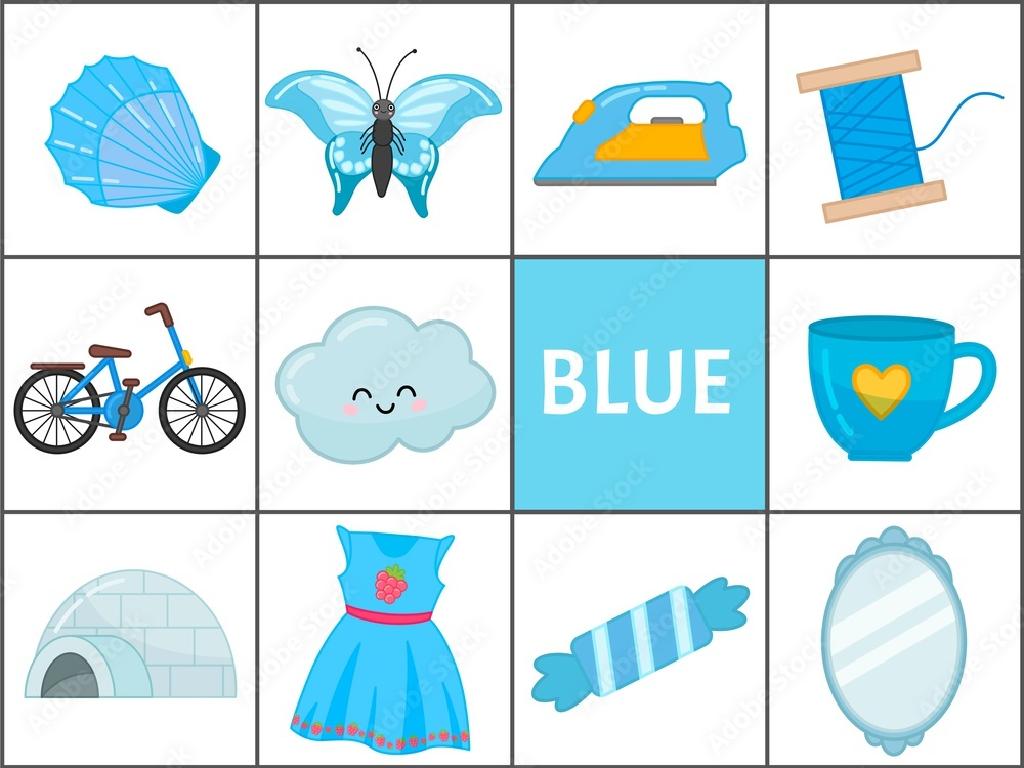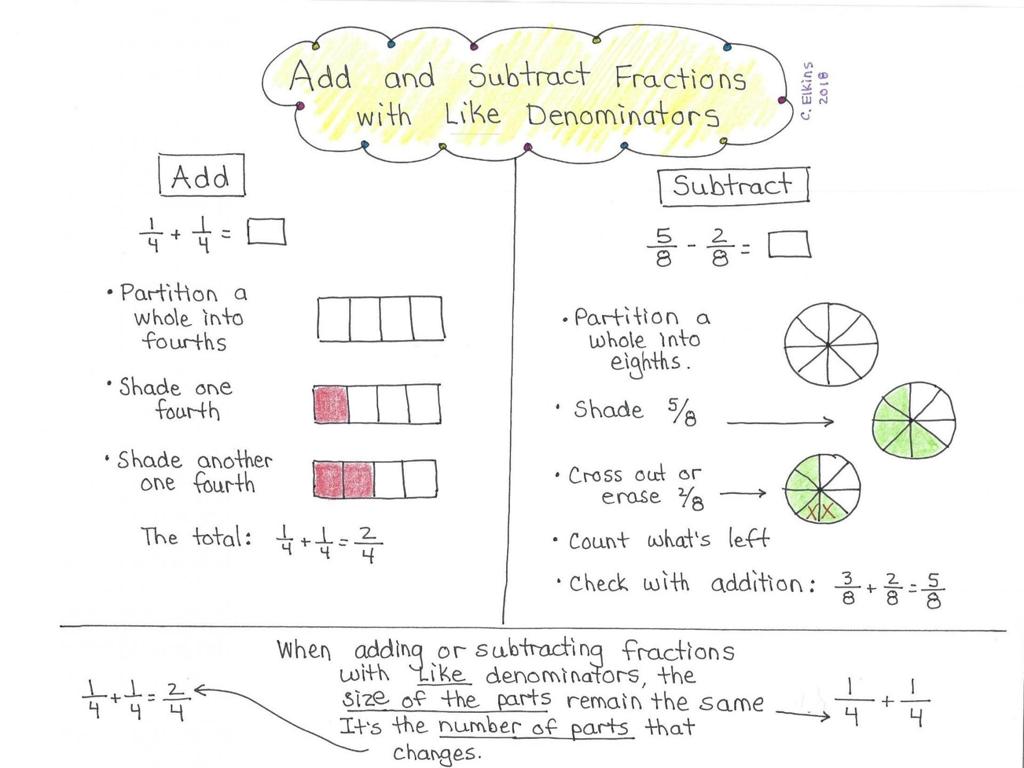Identify And Correct Errors With Plural And Possessive Nouns
Subject: Language arts
Grade: Third grade
Topic: Nouns
Please LOG IN to download the presentation. Access is available to registered users only.
View More Content
Welcome to Nouns: Plural & Possessive
– Greet and introduce today’s class
– Review what nouns are
– Nouns are names of people, places, things, or ideas
– Explore plural nouns
– Plural nouns mean more than one, like ‘dogs’ or ‘buses’
– Discover possessive nouns
– Possessive nouns show ownership, like ‘dog’s leash’ or ‘bus’s route’
|
Begin the class with a warm welcome and an introduction to the day’s Language Arts lesson. Quickly review the concept of nouns, ensuring that students recall that nouns are words used to name people, places, things, or ideas. Introduce the main topic of the day, which is understanding plural and possessive nouns. Explain that plural nouns are used when there is more than one of something, and they often end with ‘s’ or ‘es’. Possessive nouns indicate ownership and are formed by adding an apostrophe and sometimes an ‘s’. Provide examples for both cases and prepare to engage the students with activities that will help them practice forming and using plural and possessive nouns correctly.
Plural Nouns Explained
– What are plural nouns?
– Words that mean more than one thing, like ‘dogs’ means many pets.
– Singular to plural examples
– A ‘cat’ becomes ‘cats’, and a ‘bus’ turns into ‘buses’.
– When to add ‘s’ or ‘es’
– Add ‘s’ to most words, but ‘es’ for words ending in s, x, z, ch, or sh.
– Practice with plural forms
|
This slide introduces the concept of plural nouns to third-grade students. Begin with the definition of plural nouns, emphasizing that they refer to more than one of something. Provide clear examples by showing how common singular nouns are changed into their plural forms, such as adding ‘s’ to ‘dog’ to make ‘dogs’. Explain the basic rule for pluralization by adding ‘s’ to most nouns, and the special rule of adding ‘es’ for nouns ending in s, x, z, ch, or sh. Engage the class with practice examples, asking them to convert singular nouns to plural and explaining why certain endings require ‘es’. This will help them understand and remember the rules for making nouns plural.
Plural Nouns Practice
– Turn singular nouns to plural
– Discuss plural noun exceptions
– Words like ‘child’ become ‘children’, not ‘childs’
– Group activity: Find plural nouns
– Work in small groups to list plural nouns from a book or picture
– Share examples with the class
– Each group will present their plural nouns to the class
|
This slide is for a class activity focused on plural nouns. Start by having students convert singular nouns to their plural forms. Emphasize common rules like adding ‘s’ or ‘es’, but also discuss exceptions such as irregular nouns that do not follow standard rules. Break the class into small groups and assign them to find examples of plural nouns, either from texts provided or classroom materials. Encourage them to look for both regular and irregular plural forms. After the activity, regroup and have each group share their findings, discussing any interesting exceptions or difficulties they encountered. This will help reinforce their understanding of plural nouns and how they differ from singular nouns.
Mastering Possessive Nouns
– What are possessive nouns?
– Nouns that show ownership or belonging
– Apostrophes show possession
– Use an apostrophe + ‘s’ for singular nouns
– Singular possessive example
– ‘the girl’s book’ means the book belongs to the girl
– Plural possessive example
– ‘the boys’ bikes’ means the bikes belong to the boys
|
This slide introduces possessive nouns, which are used to indicate ownership. It’s important to explain that by adding an apostrophe and sometimes an ‘s’, we can show that something belongs to someone or something. For singular nouns, we add an apostrophe followed by an ‘s’ to create the possessive form. For plural nouns that already end in ‘s’, we just add an apostrophe after the ‘s’. Provide clear examples like ‘the girl’s book’ to show singular possession and ‘the boys’ bikes’ to demonstrate plural possession. Encourage students to create their own examples and correct sentences where possessive nouns are used incorrectly. This will help them understand and remember the concept better.
Possessive Nouns Practice
– Write sentences with possessive nouns
– Understand plural vs. possessive nouns
– Plural nouns: more than one item, Possessive nouns: show ownership
– Pair work: Find & fix possessive errors
– Work with a partner to correct sentences with possessive noun mistakes
– Share corrections with the class
|
This slide introduces a class activity focused on possessive nouns. Start by explaining the concept of possessive nouns and how they differ from plural nouns. Plural nouns indicate more than one of something, while possessive nouns show ownership or belonging. Have students write their own sentences using possessive nouns to demonstrate their understanding. Then, move on to pair work where students will be given sentences with incorrect possessive nouns to correct. This peer collaboration reinforces learning and allows students to learn from each other. After the activity, ask pairs to share their corrections and discuss as a class. Possible activities: 1) Students write sentences about objects in the classroom that belong to them or their classmates. 2) Create a worksheet with sentences that have common possessive noun errors for pairs to correct. 3) Have students exchange their written sentences with their partner for correction. 4) Use a story or a paragraph from a book and have students identify and correct possessive noun errors.
Let’s Play a Game: Noun Quest!
– Engage in ‘Noun Quest’ game
– Work in teams to find nouns
– Answer questions to move ahead
– Correct nouns to win points
– Spot and fix plural and possessive noun errors
|
This interactive game is designed to help students identify and correct errors with plural and possessive nouns in a fun and engaging way. Divide the class into small teams and explain the rules of ‘Noun Quest’. Each team will answer questions related to nouns, and each correct answer will allow them to move forward on the game board. Provide examples of errors to correct, such as ‘The cat’s tail’ vs. ‘The cats tail’ for possessive nouns, and ‘Three dogs’ vs. ‘Three dog’s’ for plural nouns. As students play, they will reinforce their understanding of how to use plural and possessive nouns correctly. Have a list of sentences ready for each team to correct, ensuring a variety of examples. Celebrate correct answers with points or tokens, and consider a small prize for the winning team to motivate participation.
Class Activity: Noun Scavenger Hunt
– Find classroom items for plural/possessive
– Write down their plural or possessive forms
– Share your findings with the class
– Discuss challenging nouns together
– If ‘child’ becomes ‘children’, what about ‘child’s’?
|
This interactive activity is designed to help students apply their knowledge of plural and possessive nouns in a fun and engaging way. Have the students walk around the classroom to identify various items. They should then write the plural or possessive form of each noun they find. For example, ‘desk’ becomes ‘desks’ and ‘teacher’s’ for something belonging to the teacher. Afterward, students will share their lists with the class, and together you can discuss any nouns that were tricky. This may include irregular nouns or those that don’t follow standard rules. Use this opportunity to clarify doubts and reinforce the rules for forming plurals and possessives. Possible variations of the activity could include pairing students to work together, creating a competition to find the most nouns, or having students draw the items along with their written forms.
Wrapping Up: Plural & Possessive Nouns
– Recap: Plural & Possessive Nouns
– We learned how to use nouns that show more than one item and nouns that show ownership.
– Homework: 20 sentences practice
– Write 10 sentences with plural nouns and 10 with possessive nouns to strengthen your skills.
– Next class: Advanced Noun Usage
– Get ready to dive deeper into how nouns work in our sentences next class!
– Keep practicing nouns!
|
As we conclude today’s lesson, remind students of the key points about plural nouns (more than one item) and possessive nouns (showing ownership). For homework, they should write sentences to apply what they’ve learned, which will help reinforce their understanding. In the next class, we’ll explore more advanced concepts of noun usage, so encourage them to come prepared. The homework will also serve as a good warm-up for the next lesson. Make sure to provide examples of both plural and possessive nouns, and remind students to use context clues to determine the correct form.






